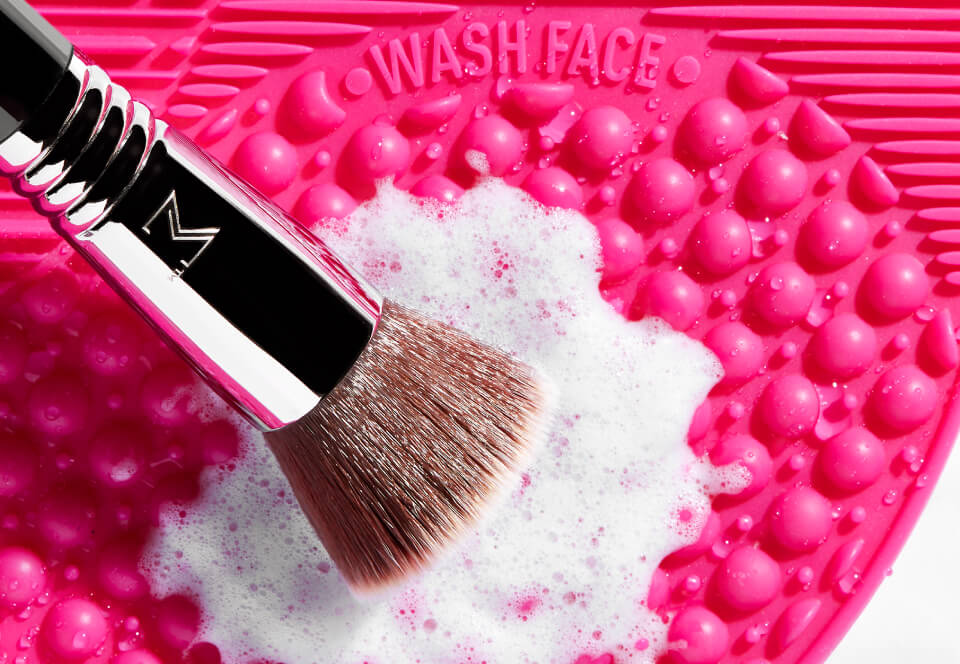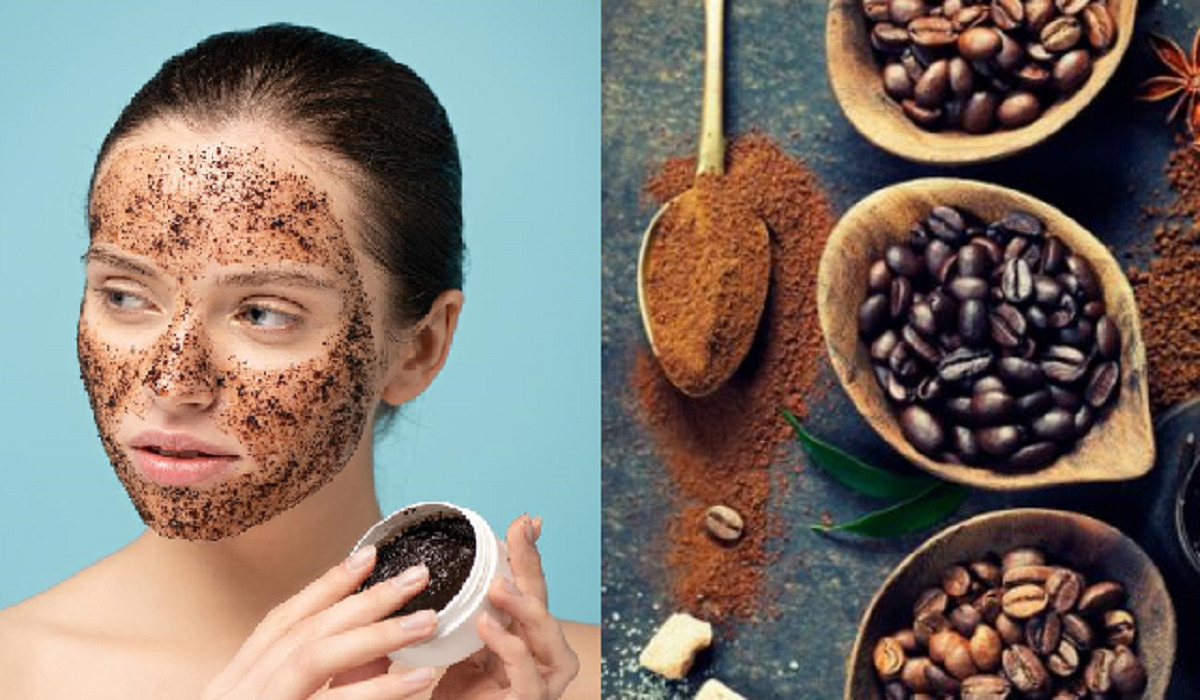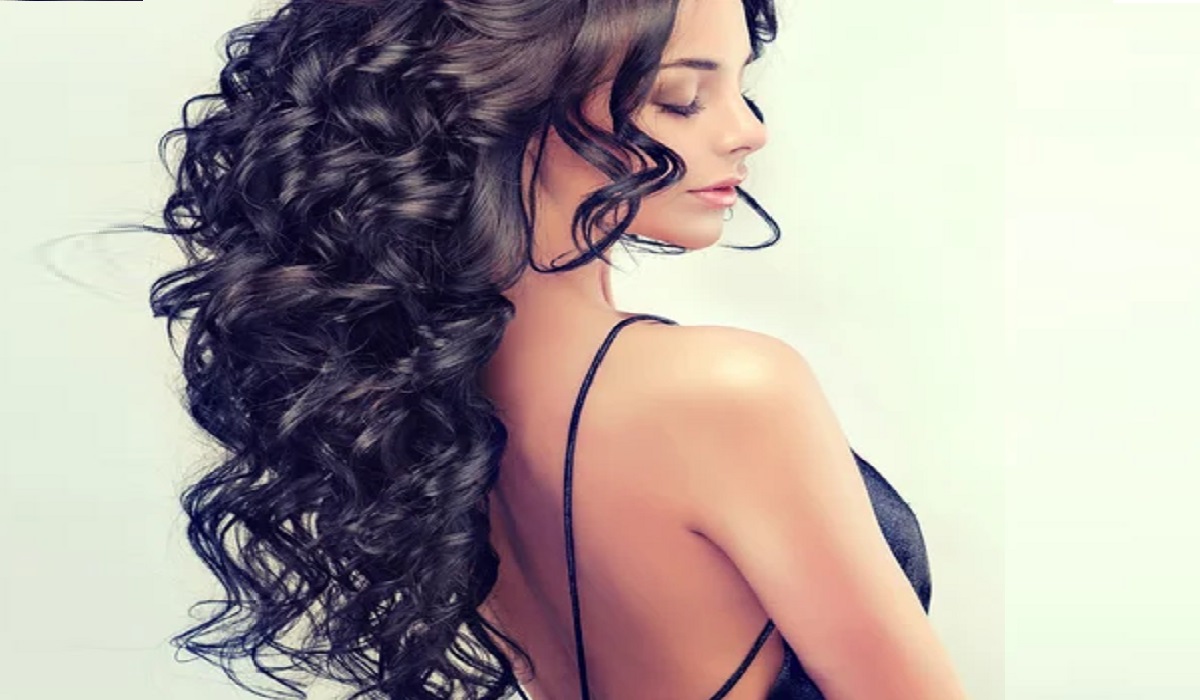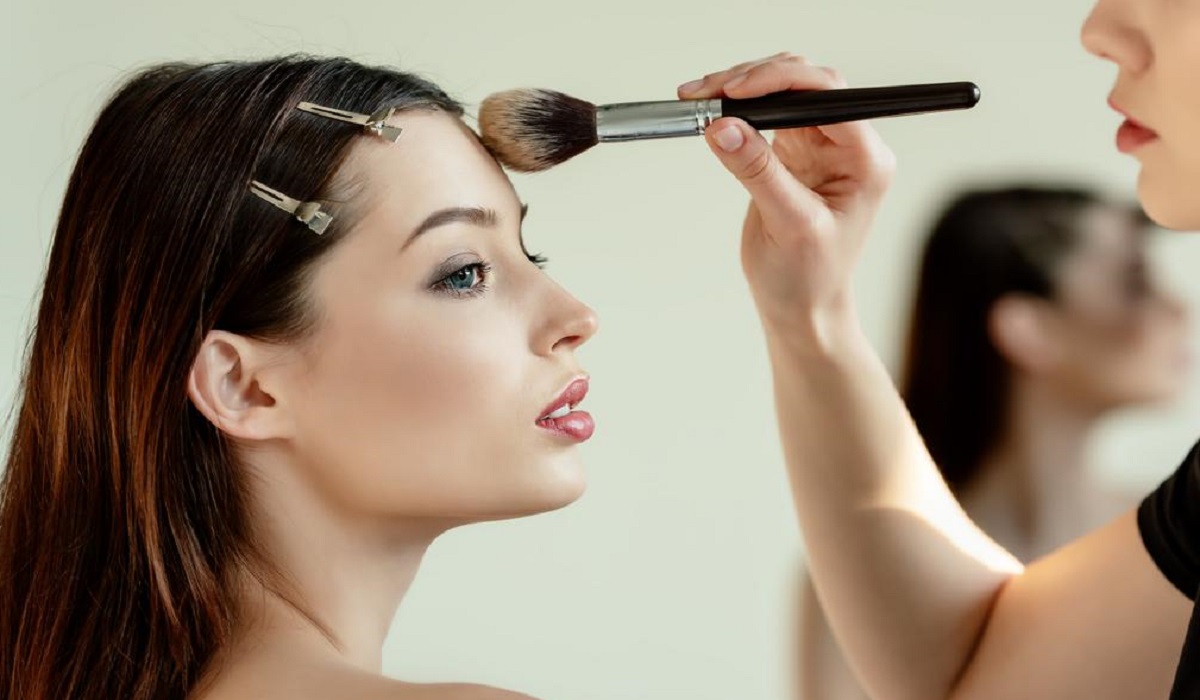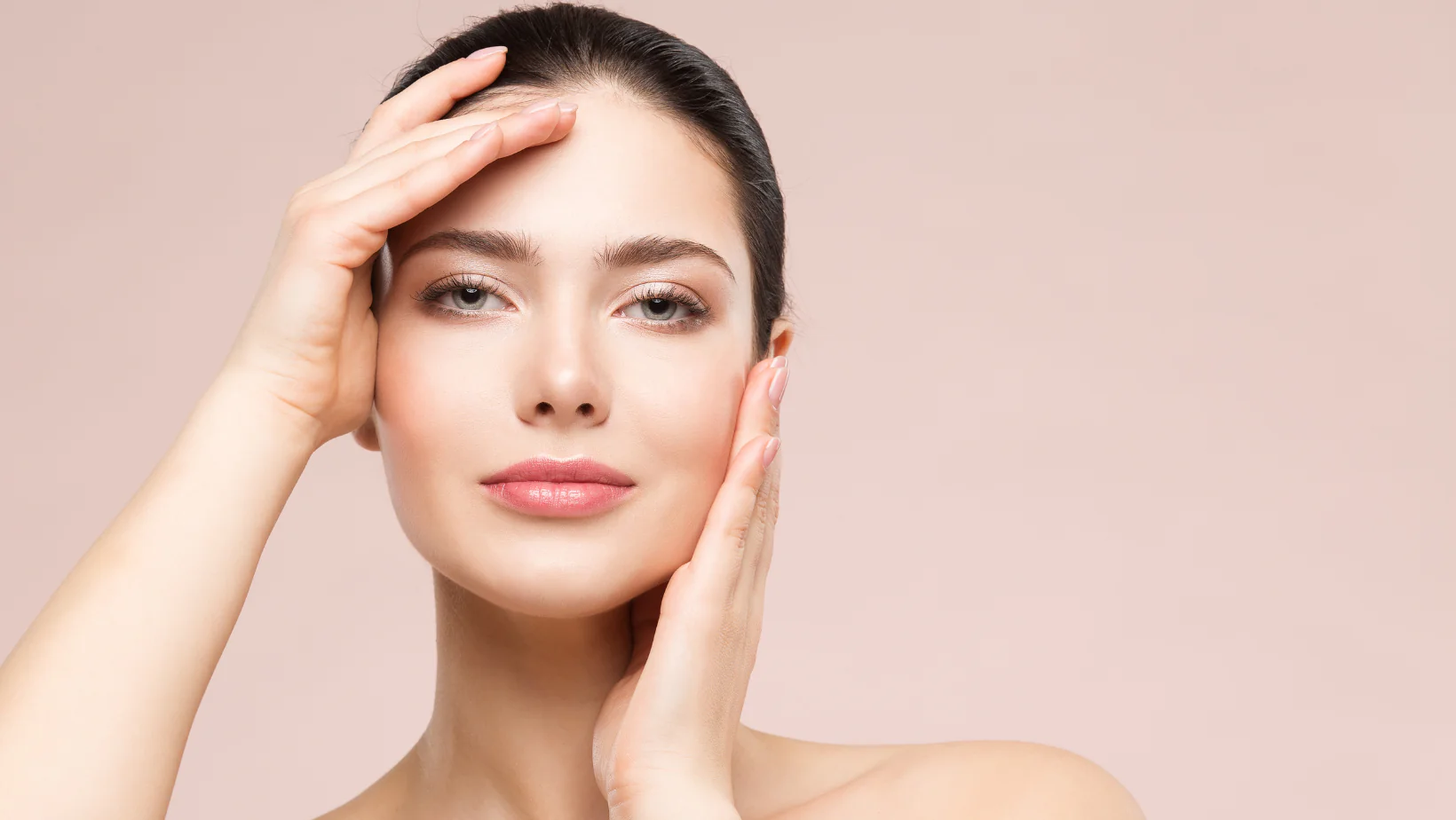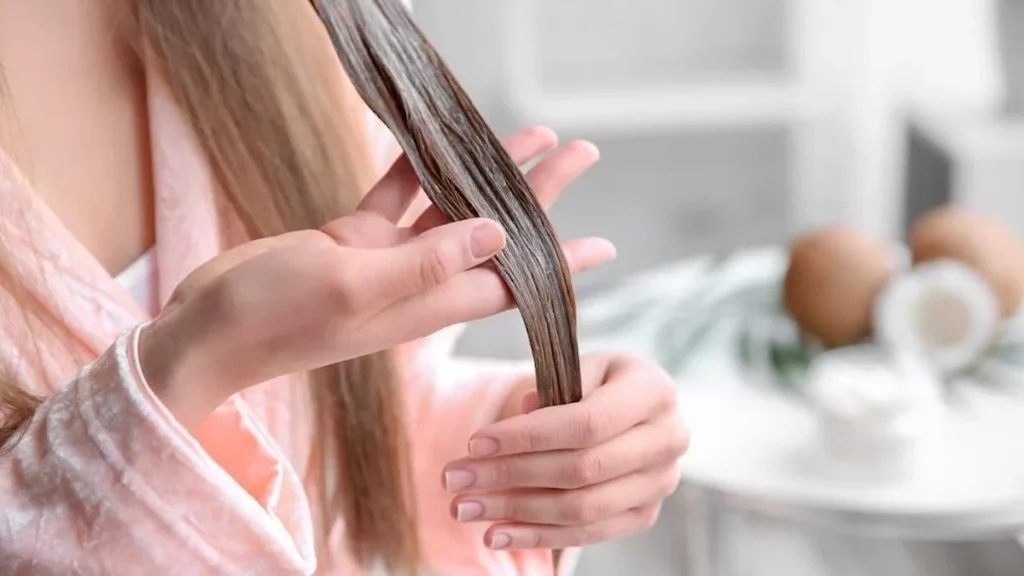
Gorgeous, healthy hair is a reflection of overall well-being and proper hair care. One of the most effective and time-tested ways to nurture your locks is through the use of haircare oils. These natural elixirs are rich in nutrients, vitamins, and essential fatty acids that can address a range of hair concerns and types. From dry and damaged to curly and oily hair, each hair type requires specific care. In this comprehensive guide, we will explore the world of haircare oils and provide insights on how to choose the right oil for your hair type, ensuring your mane receives the nourishment it deserves.
Understanding Haircare Oils
Haircare oils are derived from various sources, such as seeds, nuts, fruits, and flowers. They are packed with essential nutrients like vitamins, minerals, antioxidants, and fatty acids that are beneficial for hair health. These oils can be applied directly to the hair and scalp or incorporated into hair care products like shampoos, conditioners, and masks.
Choosing the Right Haircare Oil
Selecting the appropriate haircare oil depends on your hair type and specific concerns. Let’s explore different hair types and the corresponding oils that work best for each:
1. Dry and Damaged Hair
Dry and damaged hair requires intense hydration and nourishment to restore its vitality.
Recommended Oils: Argan oil, coconut oil, jojoba oil, almond oil
Benefits: These oils are rich in essential fatty acids that moisturize and repair damaged strands. They also provide a protective barrier against environmental stressors.
2. Curly and Textured Hair
Curly and textured hair tends to be prone to frizz and requires extra care to maintain its natural pattern.
Recommended Oils: Shea butter, castor oil, avocado oil, grapeseed oil
Benefits: These oils provide deep moisture, enhance curl definition, and combat frizz. They also promote hair elasticity and minimize breakage.
3. Oily Hair
Oily hair needs lightweight oils that won’t weigh it down while still offering benefits.
Recommended Oils: Tea tree oil, rosemary oil, grapeseed oil, jojoba oil (in moderation)
Benefits: These oils help balance excess oil production, soothe the scalp, and provide a clean, refreshed feeling without making the hair greasy.
4. Fine and Thin Hair
Fine and thin hair requires oils that won’t overwhelm or flatten it.
Recommended Oils: Grapeseed oil, sunflower oil, apricot kernel oil, flaxseed oil
Benefits: These oils are light and won’t weigh down fine hair. They provide moisture without making the hair look limp.

5. Color-Treated Hair
Color-treated hair needs oils that protect and enhance the vibrancy of the hair color.
Recommended Oils: Sunflower oil, jojoba oil, apricot kernel oil
Benefits: These oils help seal in color, prevent fading, and maintain the health of color-treated hair.
6. Normal Hair
Normal hair can benefit from oils that provide general nourishment and shine.
Recommended Oils: Argan oil, coconut oil, jojoba oil, sweet almond oil
Benefits: These oils offer a balance of moisture and shine, keeping normal hair healthy and lustrous.
Application Techniques
Applying haircare oil correctly is essential to maximize its benefits:
- Pre-Shampoo Treatment: Apply oil to your hair and scalp before shampooing to provide a protective barrier and prevent excessive moisture loss.
- Overnight Treatment: For a deep conditioning treatment, apply oil to your hair and scalp before bed, then wash it out in the morning.
- Leave-In Treatment: Apply a small amount of oil to damp hair after showering to lock in moisture and add shine.
- Styling Aid: Use a small amount of oil to tame frizz, add shine, and define curls or waves after styling.
Tips for Effective Use
- Start with a Small Amount: Begin with a small amount of oil and add more if needed to avoid making your hair greasy.
- Avoid the Scalp (If Necessary): If you have an oily scalp, focus on applying oil to the mid-lengths and ends to prevent making your roots greasy.
- Choose Cold-Pressed and Pure Oils: Opt for high-quality, cold-pressed, and pure oils to ensure you’re getting the maximum benefits without any additives.
- Patch Test: Perform a patch test before applying any new oil to your hair or scalp to check for any allergic reactions.
Haircare oils are a valuable addition to any hair care routine, offering a natural and effective way to nourish and protect your locks. By choosing the right oil for your hair type and concerns, you can unlock the full potential of these botanical elixirs. Whether you’re aiming to hydrate dry strands, define curls, or protect color-treated hair, there’s a suitable oil for everyone. Embrace the power of haircare oils and give your hair the attention it deserves, enjoying the benefits of healthier, shinier, and more beautiful tresses.

